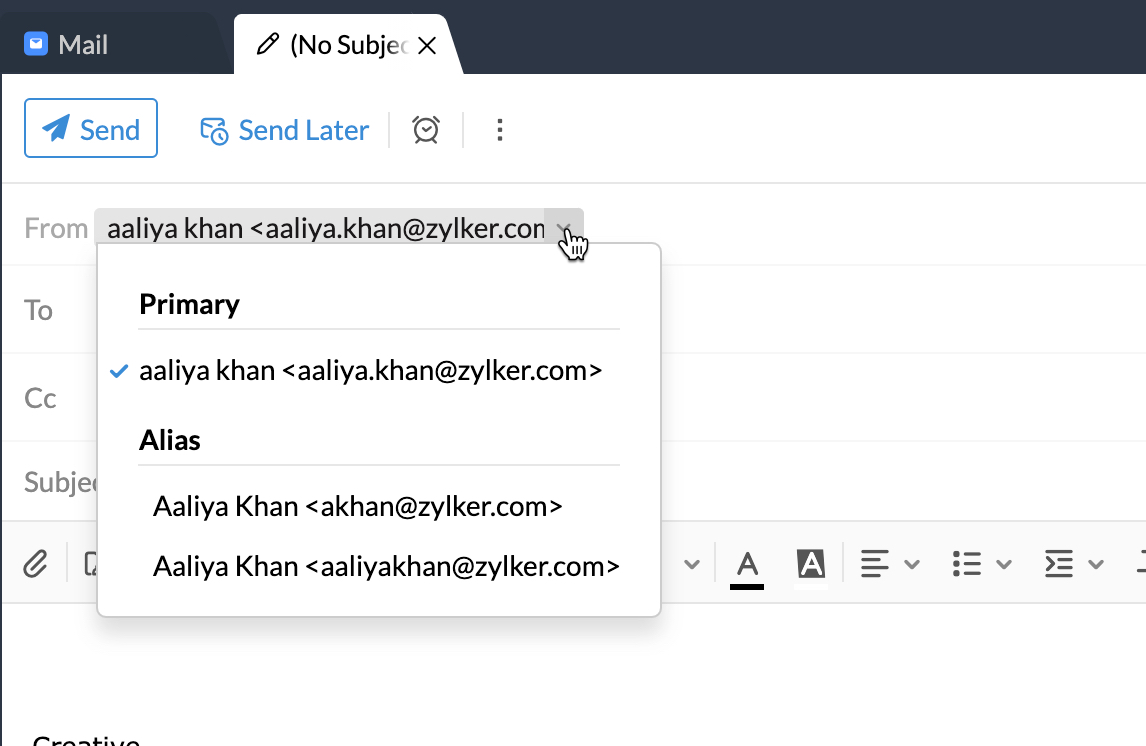Using an alias email: Anonymity and Security
In today’s digital age, privacy and security are of utmost importance. One way to protect your identity and keep your personal information secure is by using an alias email. An alias email is a secondary email address that you can use to sign up for online accounts, subscriptions, or newsletters without revealing your primary email address. In this article, we will explore the benefits of using an alias email, how to create one, and best practices for maintaining privacy online.
Benefits of Using an Alias Email
There are several advantages to using an alias email. Firstly, it helps to prevent spam. By using a separate email address for online registrations, you can keep your primary inbox clutter-free and avoid receiving unwanted emails. Additionally, an alias email can help to protect your primary email address from data breaches. If the alias email account is compromised, your main email address remains secure.
Another benefit of using an alias email is anonymity. When signing up for a new service or website, you may be hesitant to provide your real email address. By using an alias email, you can maintain your privacy and avoid disclosing sensitive information. This can be particularly useful when browsing the internet or engaging with online communities.
How to Create an Alias Email
Creating an alias email is a simple process. Many email providers, such as Gmail, Outlook, and Yahoo, offer the option to create multiple email addresses under one account. To create an alias email, log in to your email provider, navigate to the settings or account management section, and look for the option to add a new email address. You can then choose a unique alias that you can use for online registrations or subscriptions.
Alternatively, you can use a dedicated alias email service, such as 33mail or AnonAddy, to generate disposable email addresses on the fly. These services allow you to create temporary aliases that forward emails to your primary inbox, providing an extra layer of security and privacy.
Best Practices for Using an Alias Email
While using an alias email can enhance your online security and privacy, it is important to follow best practices to ensure its effectiveness. Firstly, avoid using your alias email for sensitive accounts, such as online banking or social media platforms. Reserve your primary email address for important communications and transactions.
Additionally, regularly monitor your alias email account for any unusual activity or unsolicited emails. If you start receiving spam or phishing emails, consider deleting the alias email and creating a new one. Finally, be cautious when disclosing your alias email address online and only provide it to trusted sources.
Conclusion
Using an alias email is a simple yet effective way to enhance your online privacy and security. By creating a secondary email address for online registrations and subscriptions, you can protect your primary email account from spam and data breaches. Follow best practices, such as using a dedicated alias email service and monitoring for suspicious activity, to maximize the benefits of using an alias email. Stay safe online and safeguard your personal information with an alias email.
